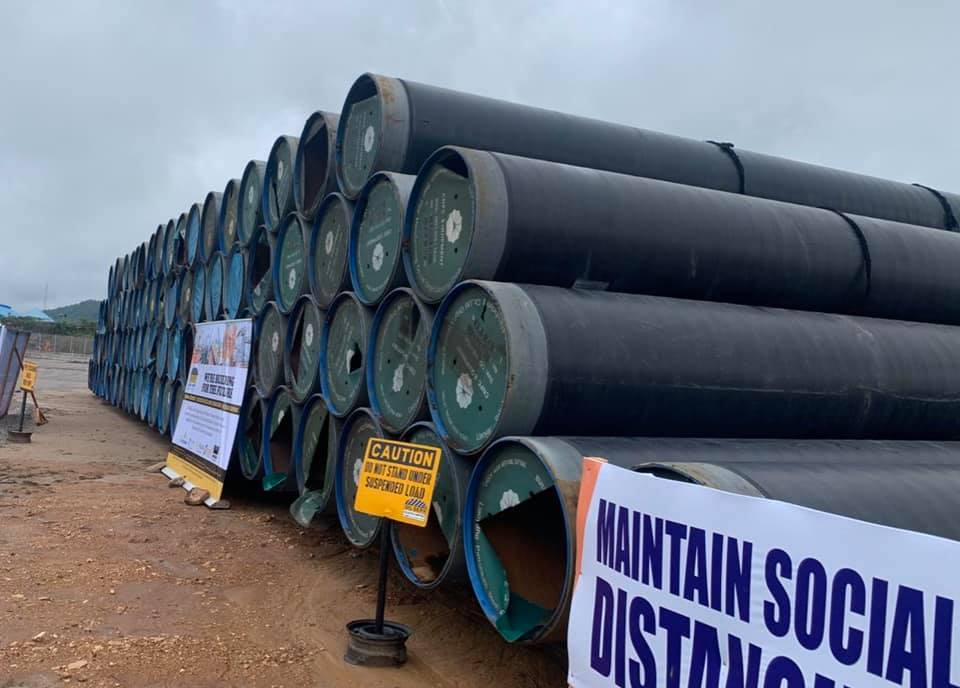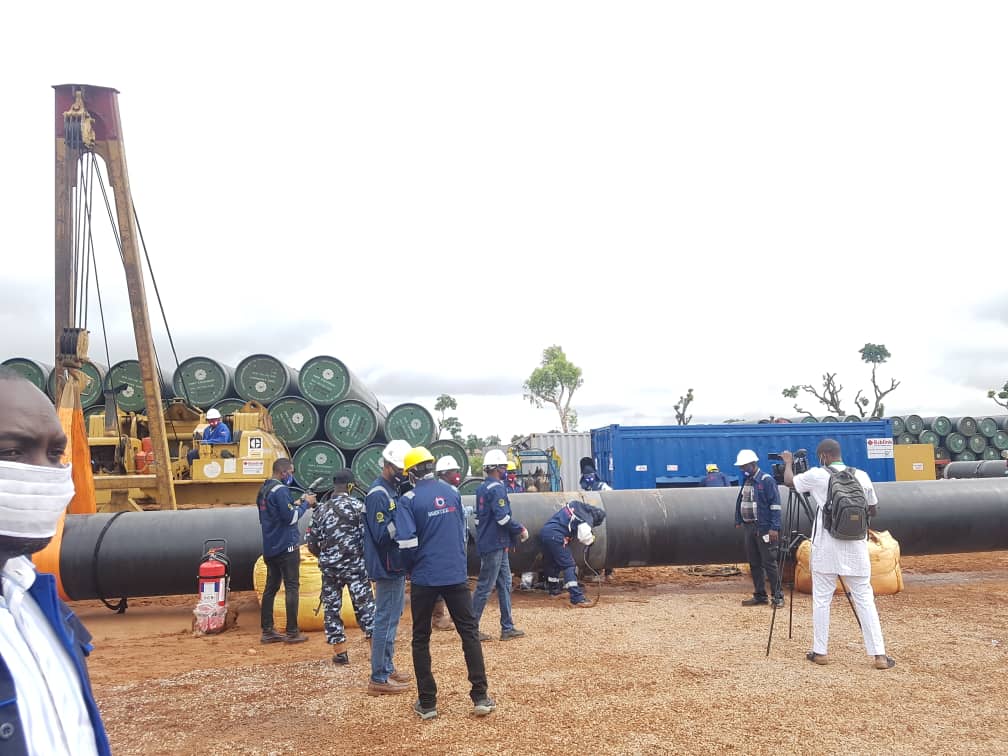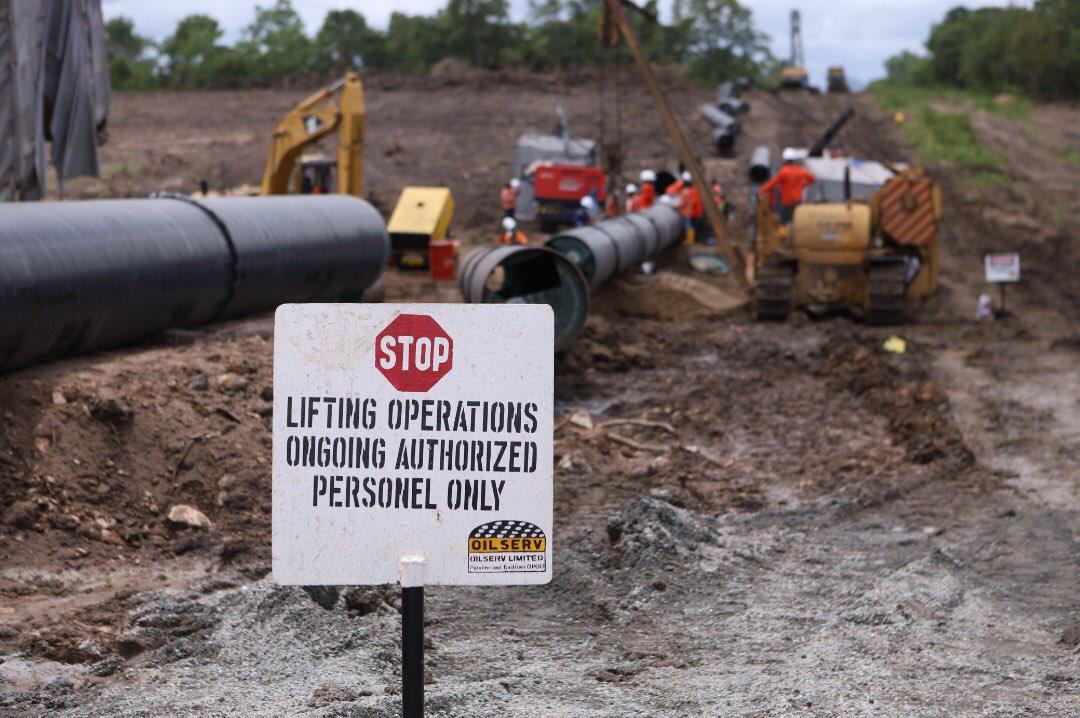The Ajaokuta–Kaduna–Kano (AKK) pipeline is a 614km-long pipeline being developed by Nigerian National Petroleum Corporation (NNPC) to transport natural gas from southern Nigeria to central Nigeria.
The £2.2bn ($2.8bn) pipeline project represents phase one of the 1,300km-long Trans-Nigerian Gas Pipeline (TNGP) project, which is being developed as part of Nigeria’s Gas Master Plan to utilise the country’s surplus gas resources for power generation as well as for consumption by domestic customers.

The TNGP project also forms part of the proposed 4,401km-long Trans-Saharan Gas Pipeline (TSGP) to export natural gas to customers in Europe. Nigeria holds Africa’s biggest and one of the world’s biggest gas reserves. It’s proved natural gas reserves stand at 188 trillion cubic feet (tcf) comprising 99tcf of associated gas and 89tcf of non-associated gas.
The AKK pipeline is planned to be developed on a build-own-operate-transfer (BOOT) basis under public-private partnership (PPP), supervised by Nigeria’s Infrastructure Concession Regulatory Commission (ICRC)
The Ajaokuta–Kaduna–Kano (AKK) gas pipeline project is planned to be financed through 85% debt and 15% equity.
The loan facility is being provided by the China Export & Credit Insurance Corporation (Sinosure) at London Interbank Offered Rate (LIBOR) interest rate plus 3.7% with a 12-year repayment period.
The Nigerian Government decided to issue a sovereign guarantee to back the loan facility for the pipeline in March 2020.
The Ajaokuta–Kaduna–Kano pipeline route and design
The 614km-long pipeline will originate at the Ajaokuta terminal gas station (TGS) in the Kogi state in southern Nigeria and pass through Niger, the Federal Capital Territory (FCT), and Kaduna to terminate at a gas station at Kano. The pipeline will cross seven major rivers and ten major roads along its route.
The AKK pipeline project is divided into four segments. The first segment will run from Ajaokuta to Abuja in the FCT for a total distance of approximately 200km.


The second segment will extend for 193km from the Abuja TGS to the Kaduna TGS, while the third segment will stretch for 97km from Kaduna to Zaria and the fourth and final section of the pipeline will run for approximately 124km from Zaria to the Kano TGS.
The pipeline will comprise 40in-diameter pipe joints and operate at a pressure of 1,000 pounds per square inch (PSIG).
Construction
The project has been divided into three phases, under a build and transfer (BT) model, in a public-private partnership (PPP) arrangement, which involves the contractor providing 100 per cent of the financing. With 15 per cent financing of about US$430 million already secured from international lenders, it is anticipated that closure on the remaining US$2.5 billion (85 per cent) will be achieved with Chinese lenders during the second quarter of 2020.
First phase
This covers the section between Ajaokuta and Abuja, that measures 200 kilometres (124 mi). This phase is budgeted to cost US$855 million. In April 2018, the engineering, procurement and construction (EPC) contract for this phase was awarded to a consortium comprising OilServ and Oando.
Second phase
The second phase is from Abuja Gas Terminal to Kaduna Gas Terminal, a distance of 193 kilometres (120 mi), budgeted at US$835 million.
Third phase
The final phase of this pipeline measures approximately 221 kilometres (137 mi), from Kaduna to Kano and is estimated to cost US$1.2 billion. The EPC contract for the third phase was awarded to the Brentex/China Petroleum Pipeline Bureau Consortium.






















You must be logged in to post a comment Login